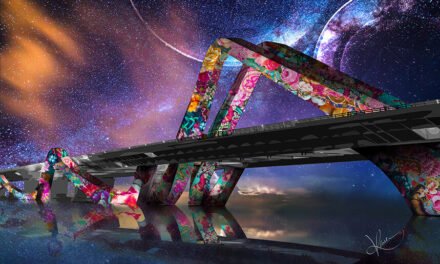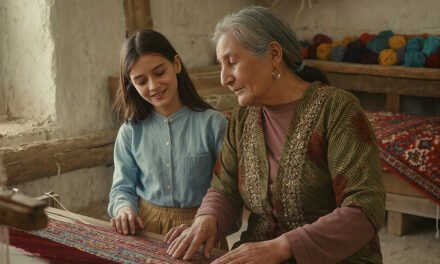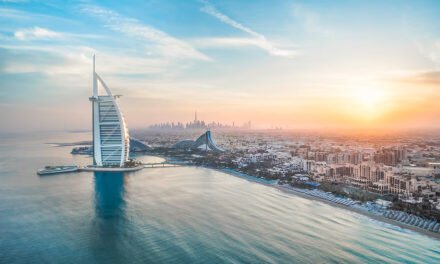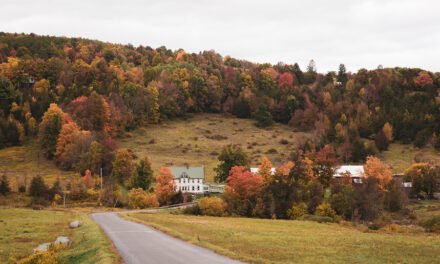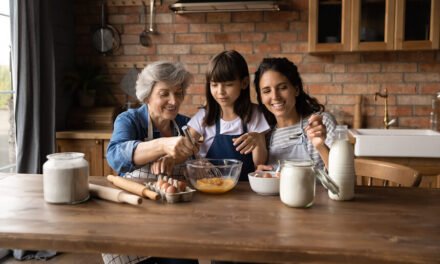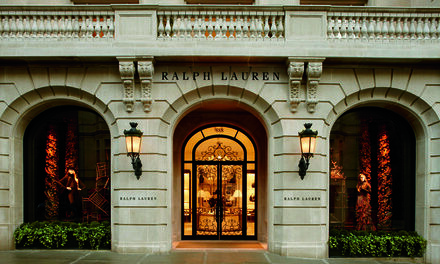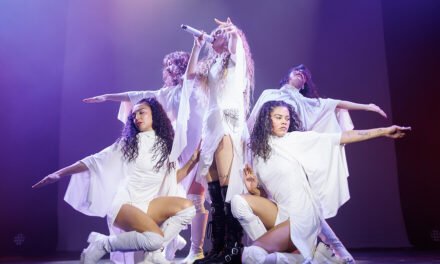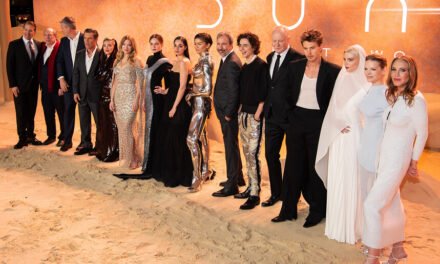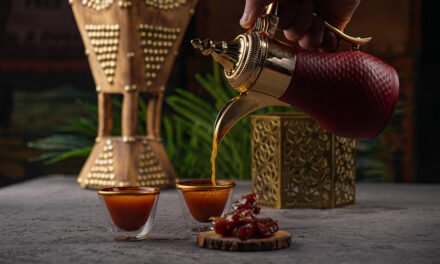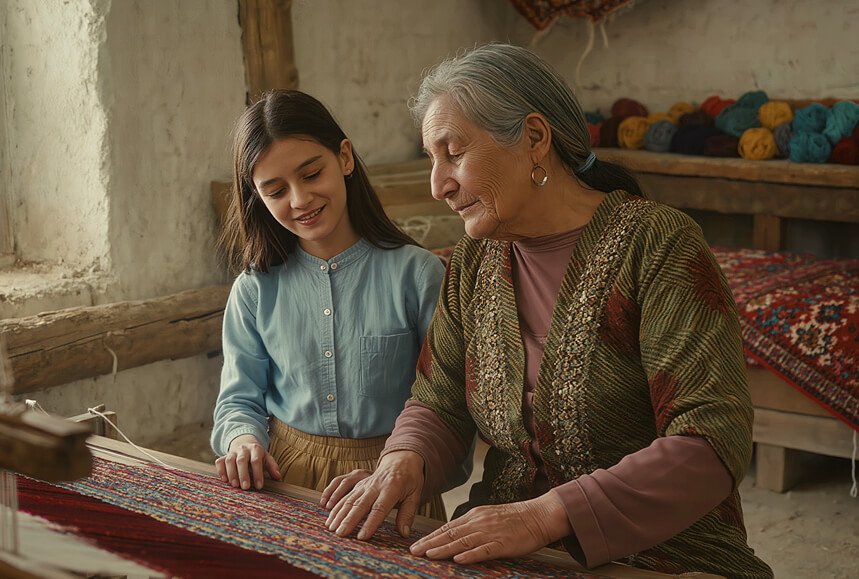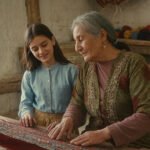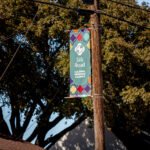How Middle Eastern Families are Passing Down Culture in a Modern World
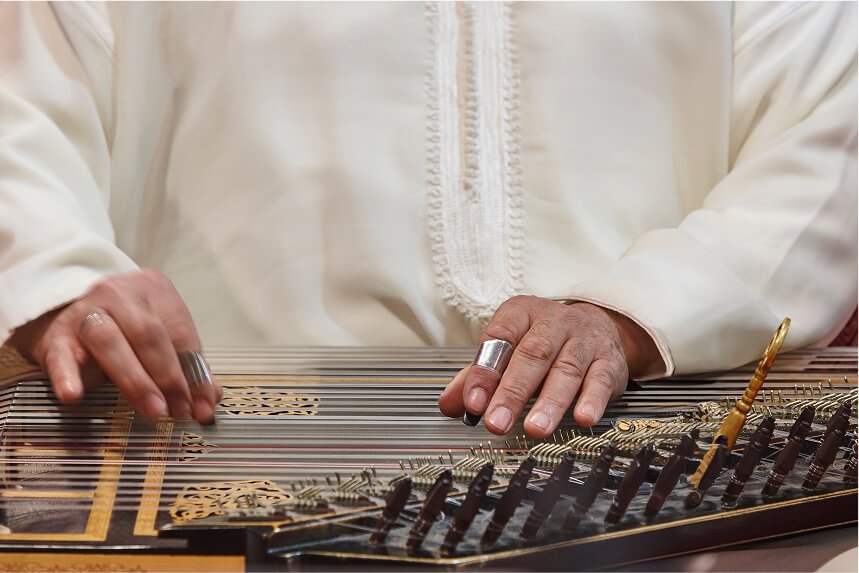
The Tapestry of Middle Eastern Cultures in the US
The warm, earthy scent of simmering lamb and vine leaves fills the air, a fragrance as familiar and comforting as the ancient songs playing softly in the background. In a sun-drenched kitchen, a grandmother, her hands etched with stories of a life lived across continents, gently guides her granddaughter’s small fingers, teaching her the intricate, delicate art of rolling dolmas. This isn’t a scene from a sun-baked village in the Levant, nor a bustling urban center in North Africa, but a quiet, unassuming home in suburban California, a profound testament to the enduring threads of heritage. It is a poignant snapshot of a beautiful, yet complex, challenge faced by countless families who have journeyed to the United States: how do communities hailing from the incredibly diverse tapestry of the Middle East – encompassing Arab, Persian, Turkish, Kurdish, and many other vibrant ethnic and cultural groups – actively preserve, cherish, and transmit their rich traditions and deep-rooted identities to younger generations, amidst the powerful, often overwhelming currents of Americanization and relentless globalization?
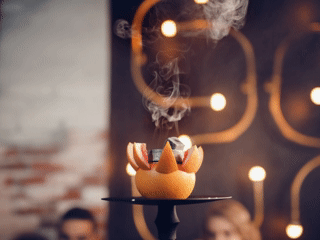
This endeavor isn’t merely about holding onto quaint customs or dusty relics of the past. It’s about safeguarding a living, breathing “culture” that encompasses a vast spectrum of human experience: from the lyrical flow and poetic beauty of a mother tongue to the intricate choreography of traditional dances, the solemn beauty of deeply held religious practices, the communal joy and boundless generosity of shared cuisine, the timeless wisdom embedded in ancient stories and proverbs, and the nuanced rhythm of social customs that define connection and community.
It is, in essence, a delicate and continuous dance between wholeheartedly embracing a new homeland and reverently honoring the cherished spirit of an old one. Yet, despite the inherent complexities and formidable challenges posed by geographical distance and the pervasive influences of modern life, Middle Eastern families in the U.S. are proving remarkably resilient and ingenious. They are not simply clinging to the past but are actively employing a multifaceted approach, skillfully blending age-old traditional practices with innovative, contemporary strategies, to ensure their vibrant cultural heritage not only survives but dynamically evolves, flourishes, and finds new expressions across every single generation.

The Tapestry of Middle Eastern Cultures in the US
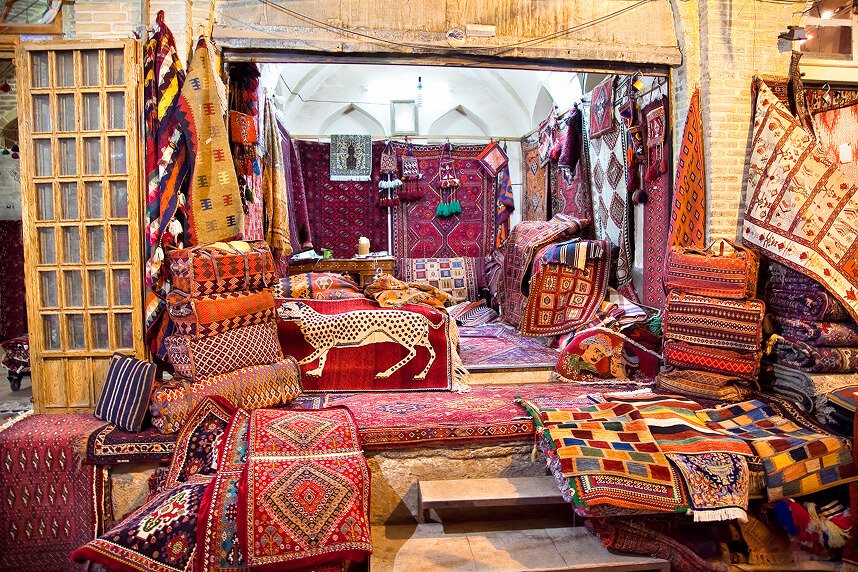
The term “Middle Eastern” itself, often used as a convenient catch-all, scarcely hints at the vibrant, kaleidoscopic array of cultures it encompasses. Within its broad embrace reside distinct peoples, each weaving their own unique thread into the rich human tapestry. This isn’t a monolithic identity; it’s a constellation of nations, languages, and spiritual traditions. Consider the melodic cadence of Arabic, the poetic beauty of Farsi, the rhythmic flow of Turkish, the intricacies of Arabic spoken by Lebanese or Syrians, or the resilient echoes of Kurdish and Armenian – each a gateway to centuries of unique storytelling and heritage. The tapestry further diversifies through faiths: the ancient practices of Islam, the diverse denominations of Christianity, the deep roots of Judaism, and the unique traditions of Druze communities, all coexisting and contributing to the region’s complex identity.
Indeed, families arriving from countries like Lebanon, with their deep-seated Phoenician entrepreneurial spirit and a cuisine renowned for its sophisticated mezze culture (think vibrant tabbouleh, creamy hummus, and crisp fattoush salads), bring a legacy of vibrant social life and effortless entertaining.
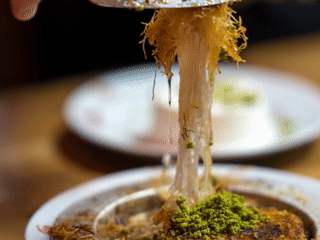
Syrian families often carry the weight of ancient history, particularly from cities like Damascus and Aleppo, evident in their exquisite kibbeh variations and intricate pastries, alongside a deep-seated tradition of community generosity. From Iraq, the echoes of Mesopotamia resonate, reflected in hearty, rice-based dishes like masgouf (grilled fish) and a profound respect for extended family bonds.
Egyptian immigrants weave in their rich Pharaonic history and a unique blend of North African and Levantine influences, expressed through iconic street foods like koshary and a famously warm, witty conversational style. Palestinian families, often characterized by their unwavering connection to the land and a profound sense of sumud (steadfastness), offer the tangy flavors of musakhan and the communal joy of olive harvest traditions. The Iranian (Persian) diaspora introduces a sophisticated culture steeped in ancient empires, expressed through the intricate layering of aromatic polo rice dishes, the poetic nuances of Farsi, and the highly formalized courtesies of taarof. From Turkey, we encounter the legacy of the Ottoman Empire, bridging East and West, with its famous kebabs, rich tea rituals, and a vibrant spirit of hospitality often culminating in endless offerings of sweets. Even from Yemen, a land of ancient history, families contribute unique architectural styles and deeply rooted coffee traditions, alongside strong communal ties and a pronounced emphasis on tribal honor. Each of these distinct flavors of history, cuisine, and social custom contributes to making the “Middle Eastern” experience in America a truly layered, evolving, and infinitely fascinating one.
The Challenges of Cultural Transmission
The intricate dance of cultural transmission, however, is not without its intricate missteps and profound challenges, particularly when generations are separated by oceans and decades, and when a vibrant heritage must contend with the relentless hum of modernity. Perhaps the most poignant struggle, and one that often feels like a slow, quiet ache, is the gradual erosion of heritage languages. In the bustling American schools, on sun-drenched playgrounds, and within the cacophony of popular media, English reigns supreme. It is a practical necessity, a linguistic passport to opportunity, but over time, it often overshadows the nuanced dialects and linguistic richness of Arabic, Farsi, Turkish, Kurdish, or Armenian. A grandparent’s heartfelt story about ancestral lands, a cherished family joke passed down through generations, or the profound wisdom embedded in ancient proverbs can lose its resonance when delivered through the filter of limited English, creating a subtle, yet significant, barrier to deep intergenerational understanding and connection.
Thoughts from the community
“My heart aches sometimes when my grandchildren visit. They understand a few words of Arabic, enough for ‘hello’ and ‘thank you,’ but to tell them the stories of my village, the tales of our ancestors… it’s like a beautiful bird trying to sing without its voice. I tell them in English, but it’s not the same. The humor, the proverbs, the very soul of the story is in our language. I just pray they find a way to learn it, even a little, so the past isn’t lost to them.”
This decline in fluency doesn’t just mean fewer words; it means a diminishing grasp of the cultural nuances, the historical references, and the very poetic soul woven into the fabric of the mother tongue, potentially severing a vital link to their identity.
This linguistic shift, in turn, often contributes to wider generational gaps and an inevitable, sometimes wrenching, identity conflict. Second and third-generation Middle Eastern Americans frequently find themselves navigating a unique liminal space – caught between worlds. They may feel “too American” for the deeply ingrained expectations of their elders, who perhaps envision a more collective, tradition-bound life, yet simultaneously feel “too foreign” or misunderstood by mainstream American society. This dissonance can manifest in everyday tensions: a young woman might feel the heavy weight of family expectations regarding early marriage and decisions made for the collective good, even as her American peers celebrate fiercely independent career paths and absolute personal autonomy. Or a teenager might struggle to reconcile a desire for individual expression with the family’s emphasis on respect for elders and communal harmony. These clashes, whether over dating norms, career choices that deviate from traditional professions like medicine or engineering, or even the simple act of choosing individual pursuits over mandatory family gatherings, can breed profound cultural misunderstandings and simmering intergenerational friction, leaving both sides feeling isolated and sometimes deeply frustrated.

Compounding these internal family dynamics is the relentless, pervasive tide of globalization and ubiquitous media influence. From the moment children grasp a smartphone, they are immersed in a torrent of Western media, values, and lifestyles. The instant gratification of a viral TikTok video, the narrative pull of Hollywood blockbusters, or the omnipresent global pop music scene often holds a far greater, more immediate appeal than traditional Middle Eastern storytelling sessions, classical maqam music, or complex literary works. This digital siren song competes directly with traditional forms of cultural transmission, making it increasingly difficult to foster an appreciation for ancestral art forms and communal practices. Furthermore, the very values promoted by Western media—individualism, immediate gratification, consumerism—can often clash with the collectivist, family-centric, and patient virtues often emphasized in Middle Eastern cultures. Beyond the digital realm, a crucial challenge lies in the lack of formal structures for cultural preservation. Unlike some larger, more established diaspora communities with extensive educational infrastructure, formal schooling in heritage languages or culture for many Middle Eastern communities can be unevenly distributed and, in smaller cities, virtually non-existent. This often leaves families to solely bear the immense burden of cultural education on their own, requiring parents to become ad-hoc language teachers, history instructors, and cultural curators.
Thoughts from the community
“When we came here from Lebanon, everything was about individualism. In our culture, family is the foundation. For my children, I always emphasize respect for elders, the importance of communal meals, and how we care for each other, even distant cousins. It’s a constant effort. They see friends moving out at 18, focusing only on their own careers. I tell them, ‘Yes, achieve your dreams, but never forget who you are, who your people are. Your success is beautiful, but it’s even more beautiful when shared with your family.’ It’s about teaching them that wealth isn’t just money; it’s connection.”
This already arduous task is sometimes exacerbated by the pervasive stigma and misconceptions surrounding Middle Eastern identity in the post-9/11 era. Lingering stereotypes, instances of Islamophobia, or casual xenophobia in daily life can, tragically, lead some younger individuals to consciously or unconsciously distance themselves from their heritage as a means of navigating a complex social landscape, simplifying their lives, or even avoiding outright discrimination. This often represents a painful, profound loss for both the individual and the collective cultural memory of the community.
Traditional Pillars of Preservation
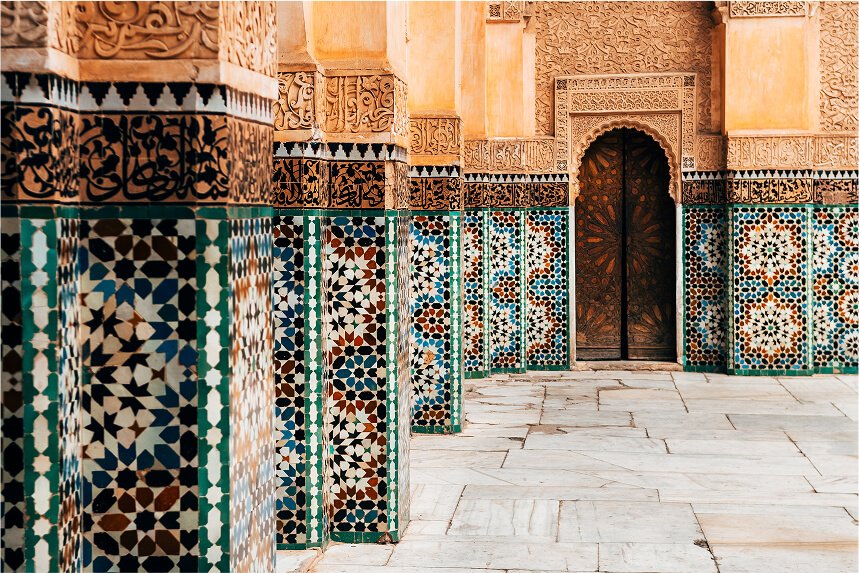
Amidst the currents of modern life, the most steadfast anchors of Middle Eastern culture in the U.S. remain its traditional pillars of preservation, rooted deeply within the family and community. Foremost among these is the undeniable centrality of the extended family. Far more than just a nuclear unit, grandparents, aunts, uncles, and a constellation of cousins serve as the primary, living transmitters of heritage. Their homes become vibrant hubs, where family gatherings aren’t merely social events but essential rituals. Imagine the scene: bustling Sunday lunches at Teta’s (Grandma’s) house, overflowing with generations, or sprawling holiday reunions where laughter and conversation weave effortlessly between English and a mother tongue. These frequent visits and unwavering kinship ties aren’t just about togetherness; they are organic classrooms where values are implicitly taught, histories are recounted, and the essence of shared identity is reaffirmed.
Thoughts from the community
“We left Syria with very little, but we carried our traditions in our hearts. Here, in America, you find yourself fighting to keep even the simplest things alive. When my daughter was little, there were no Arabic schools. So, after working all day, I would teach her the alphabet, the songs. For Eid, we make sure to bake ka’ak (cookies) just like my mother did, and we insist on visiting every family member. It’s tiring, yes, but it’s how we mark time, how we tell our children, ‘This is who you are.’ My hope is that they never feel ashamed of where they come from, that they carry our beautiful culture proudly, always.”
Integral to these gatherings, and indeed to the very fabric of Middle Eastern life, are food and culinary traditions. More than sustenance, food acts as a potent, sensory link to heritage, awakening memories and forging new ones. It’s in the patient, rhythmic instruction of a grandmother teaching a child how to meticulously roll delicate warak enab (grape leaves), or the shared laughter as generations gather to prepare the intricate, buttery layers of baklava for a special occasion. Communal meals are sacrosanct rituals, laden with bonding, storytelling, and the subtle sharing of values. Think of the vibrant spread of mezze platters – a mosaic of dips, salads, and small bites – inviting endless conversation. Picture a grand kabseh or mansaf, massive rice and meat dishes prepared for a multitude, signifying ultimate hospitality. Or perhaps the hearty Egyptian koshary, a comforting blend of lentils, rice, and pasta, showcasing resourcefulness and flavor. The perfectly grilled Persian chelow kebab, with its fluffy saffron rice, speaks of ancient empires, while the sweet, syrupy warmth of kunafa offers a taste of pure bliss. These dishes, passed down through practiced hands and cherished recipes, are not just food; they are edible narratives, connecting past to present.
Thoughts from the community
“For me, the kitchen is where we keep our memories alive. My grandchildren, born here, love their hamburgers. But when I make ful medames for breakfast, or a big pot of molokhia, their eyes light up. They ask, ‘Teta, how do you make this?’ And that’s my chance. While we’re stirring the pot, I tell them about the markets in Cairo, the smells, the sounds, the family gatherings. Food is a language, a taste of home. I want them to carry these recipes, to pass them to their children, so they always have a piece of us, a taste of where we came from.”
Beyond the home, religious practices serve as powerful conduits of cultural continuity. Mosques, churches, and other faith-based institutions often transform into dynamic community hubs, offering far more than spiritual guidance. Here, children might attend weekend classes to learn heritage languages like Arabic or Armenian, participate in Quranic studies, or delve into the moral and ethical instructions that underpin community values. The celebration of religious holidays, such as the communal breaking of fasts during Ramadan with grand iftar dinners, the joyous festivities of Eid al-Fitr and Eid al-Adha, or the deeply rooted traditions of Coptic Easter and Armenian Christmas, become invaluable opportunities for cultural reinforcement, bringing families together for specific rituals, shared prayers, and vibrant cultural expression.
Thoughts from the community
“After 9/11, being Arab American was really tough. You often felt like you had to hide parts of yourself or constantly explain. But now, there’s a new generation that’s done with that. We’re using our voices, especially online and in campus groups. I’m part of the Middle Eastern Student Association at my university, and we organize cultural nights, open mics where people share poetry, and even interfaith dialogues. It’s about showing the beauty and diversity of our culture, not just what you see in the news. The traditions I value most are the ones that emphasize community and resilience – like dabke dancing, because it brings everyone together, literally in a circle, and it’s full of our history.”
The very soul of these cultures is kept alive through the art of storytelling and oral histories, alongside the enduring power of music, dance, and art. Elders, serving as living libraries, recount personal narratives of migration, share vivid memories of ancestral homelands, tell ancient folk tales, and impart timeless wisdom through proverbs (hikma), creating a powerful, personal connection to history that transcends textbooks. Simultaneously, traditional music, with the hypnotic rhythms of the darbuka drum and the soulful melodies of the oud, provides a soundtrack to life. Folk dances like the energetic dabke are not just performances but communal celebrations, taught and practiced at weddings and gatherings, allowing younger generations to physically embody their heritage.
Visual arts, from the intricate beauty of calligraphy to the complex geometric patterns of traditional designs, offer aesthetic expressions of identity. Through actively learning and participating in these art forms, Middle Eastern youth in America don’t just passively receive their culture; they embody it, perform it, and ensure its vibrant continuation.
Modern Bridges: Innovative Strategies for the New World

In the modern world, where the forces of globalization often seem to threaten the delicate threads of heritage, Middle Eastern families are not merely resisting; they are innovating, employing a dynamic array of modern bridges to ensure their culture thrives. Perhaps the most remarkable shift lies in the embrace of technology as a tool for cultural transmission. Young people, true digital natives, are transforming platforms like TikTok, Instagram, and YouTube into vibrant cultural classrooms and community hubs. You’ll find a Gen Z content creator sharing quick, engaging video tutorials on how to whip up a perfect muhammara, or a series of short clips teaching conversational Arabic phrases with a contemporary twist. Instagram accounts might showcase traditional Middle Eastern fashion styled with undeniable modern flair, sparking conversations and pride. Beyond individual creators, virtual spaces like online communities and digitized archives are flourishing. Diaspora youth connect through dedicated Facebook groups, sharing family histories, translating old letters, or collaborating on digital repositories where cherished family recipes, faded photographs, and transcribed oral histories are meticulously preserved for future generations, ensuring no story is lost to time.
Beyond the digital sphere, robust community organizations and cultural centers play a vital, tangible role, offering structured environments for cultural immersion that extend beyond the family home. Institutions like the Arab American National Museum in Dearborn, Michigan, stand as powerful beacons, providing educational programs and exhibits that connect visitors to the rich narratives of Arab American life. Across the nation, various regional Iranian cultural centers host weekly Farsi language classes for children and adults, alongside lively workshops teaching Persian dance, music, and traditional arts. Similarly, university student associations, such as Muslim Students Associations or Middle Eastern Student Unions, are critical in organizing elaborate cultural nights, interfaith dialogues, and discussion panels that allow young adults to explore and express their identity on their own terms. These formal and informal structures are complemented by dedicated educational initiatives, from vibrant weekend schools where children learn the precise pronunciation of heritage languages to summer camps where they might spend mornings learning the energetic steps of dabke or basic calligraphy, and afternoons engaging in traditional games, all fostering a holistic sense of belonging. Furthermore, mentorship programs are emerging, connecting ambitious young Lebanese Americans with established professionals in their fields, providing guidance that transcends career advice, often delving into navigating cultural expectations in professional settings.
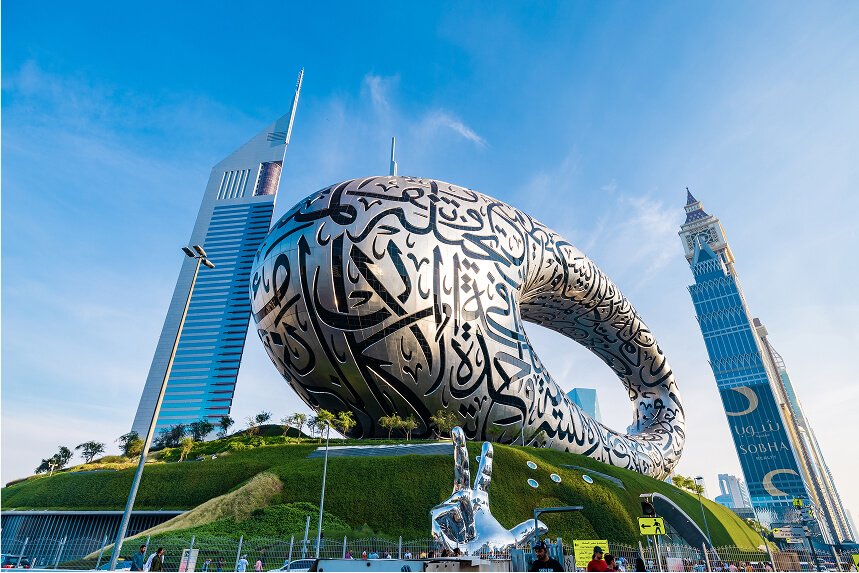
This vibrant cultural dynamism also manifests in exciting hybrid cultural expressions, where tradition elegantly fuses with contemporary life. We see this in the culinary world, with trendy restaurants serving “mezze bowls” that incorporate global grains like quinoa alongside classic Middle Eastern flavors, or a new wave of chefs experimenting with traditional ingredients in avant-garde ways. The music scene is equally rich, with artists seamlessly blending the soulful melodies of the oud or the rhythmic pulse of the darbuka with electronic beats, hip-hop, or jazz, creating entirely new, compelling soundscapes. Fashion designers are likewise drawing inspiration from intricate Palestinian embroidery or bold Berber patterns, reinterpreting them for contemporary streetwear or haute couture. This creative blending isn’t just about aesthetics; it’s the very act of creating new traditions, new rituals, and new forms of identity that meld Middle Eastern roots with authentic American experiences. Complementing these everyday fusions, many families prioritize travel and “roots” trips back to ancestral homelands. These are not mere vacations; they are pilgrimages. A family might journey to Beirut to visit long-lost relatives in their ancestral village, walk the ancient streets of Damascus (when possible), or explore the breathtaking mosques and bazaars of Isfahan, allowing younger generations to touch history, breathe in the air of their heritage, and forge direct, visceral connections to their lineage and culture that no textbook could ever provide.
Thoughts from the community
“It’s a dance, really. We want our children to be successful Americans – to speak perfect English, go to good schools, seize every opportunity. But we also want them to know their Iraqi heritage, their history, their language. The biggest challenge is the ‘either/or’ mentality some people have. It’s not one or the other; it’s both. We celebrate Thanksgiving and Eid. We listen to American pop and Iraqi music. My hope is that they feel whole, that they understand they are a beautiful blend, capable of thriving in both worlds without having to shed any part of who they are.”
Finally, at the heart of these modern bridges lies the remarkable adaptability of parents themselves. Recognizing the unique challenges and opportunities of raising bicultural children, many Middle Eastern parents are learning to subtly adapt traditional parenting styles to fit a modern Western context, while fiercely holding onto core values. This might mean encouraging their children to pursue diverse career paths beyond traditional expectations, granting more agency in personal choices like dating or marriage, but always within a framework of respect, family honor, and community connection. It involves a conscious effort to encourage biculturalism rather than assimilation, celebrating both American holidays and Middle Eastern festivals with equal fervor, ensuring their children feel empowered by their dual identity rather than torn between two worlds. It’s a continuous, evolving conversation, a testament to the enduring love and commitment to passing on a legacy that is both ancient and vibrantly new.
The Evolving Identity: A Continuous Dialogue
In the dynamic and often fluid landscape of identity, a profound and exhilarating shift is occurring among younger generations of Middle Eastern Americans. The old binary of being “either/or”—feeling compelled to choose between fully embracing American identity or rigidly clinging to ancestral roots—is beautifully dissolving. What we witness now is a vibrant, empowering embrace of a “both/and” identity, where celebrating their rich Middle Eastern heritage is not viewed as a constraint, but as a deeply integrated, complementary facet of their full, enthusiastic participation in American society.
This isn’t a passive inheritance, a mere acceptance of handed-down traditions; it’s an active, creative, and often exhilarating process where youth agency plays a pivotal role. They are not simply recipients of culture, but its vital shapers, curators, and innovators, driving entirely new forms of cultural expression and community engagement.
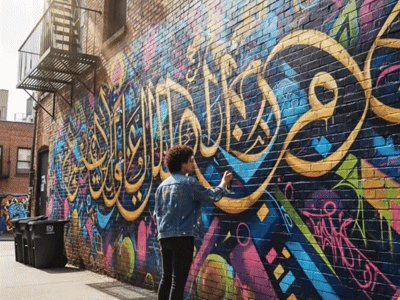
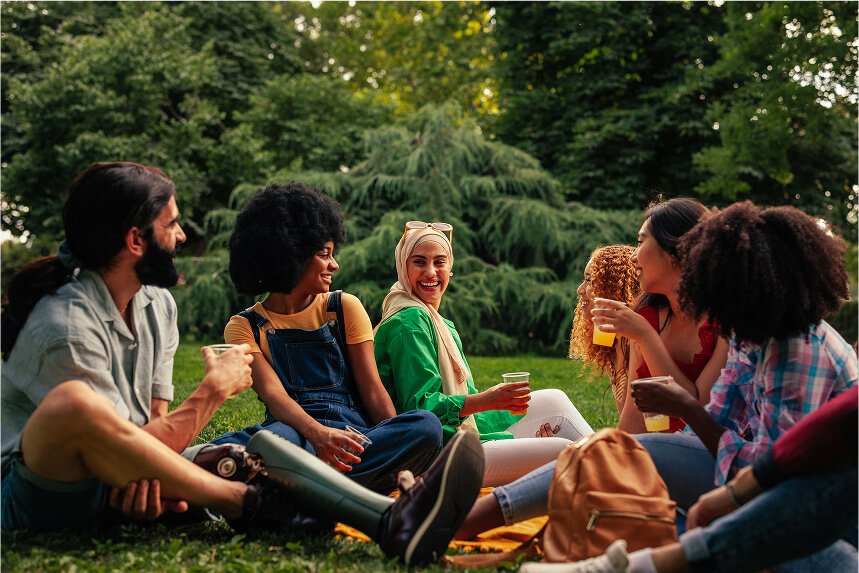
Consider, for instance, the young Syrian-American artist in Brooklyn whose mesmerizing murals blend ancient Arabic calligraphy with contemporary street art, creating a powerful visual dialogue between worlds. Or the Palestinian-American musician whose band seamlessly fuses traditional folk melodies with pulsating hip-hop beats, producing sounds that resonate with both their parents’ generation and their American peers on Instagram and TikTok. We see it in the burgeoning digital spaces where a Persian-American food blogger might reinterpret classic ghormeh sabzi with a modern, healthier twist, while also sharing the deeply personal stories and cultural significance behind each dish. These young individuals are not just living in two worlds; they are masterfully weaving them together, becoming the architects of a new, distinctly bicultural identity that is both rooted and expansive.
This unique, lived experience of biculturalism offers a multitude of profound and often underestimated benefits, shaping individuals who are uniquely equipped for the complexities of the 21st century. Navigating between multiple cultural worlds hones a remarkable and nuanced set of skills. They develop an enhanced capacity for empathy, understanding human experience and motivations from diverse vantage points, which translates into deeper compassion and more effective communication. Individuals who seamlessly bridge cultures often possess superior problem-solving abilities, instinctively approaching challenges from myriad perspectives and applying different logical frameworks to find innovative solutions that monocultural thinking might miss. This dual lens cultivates a truly global perspective, making them exceptionally adept in international business negotiations, cross-cultural diplomacy, or simply navigating a diverse workplace with inherent ease. Furthermore, their unique vantage point allows them to make distinct and invaluable contributions to American society. They are at the forefront of cultural dialogue, infusing arts, technology, and entrepreneurship with fresh perspectives. They become natural bridge-builders in interfaith initiatives, advocates for nuanced understandings of global issues, and often, the compassionate voices that challenge stereotypes and foster greater connection within the broader American tapestry. Ultimately, this vibrant biculturalism is not merely a source of individual strength; it is a dynamic force that continuously enriches the very fabric of the United States.
A Vibrant, Enduring Legacy
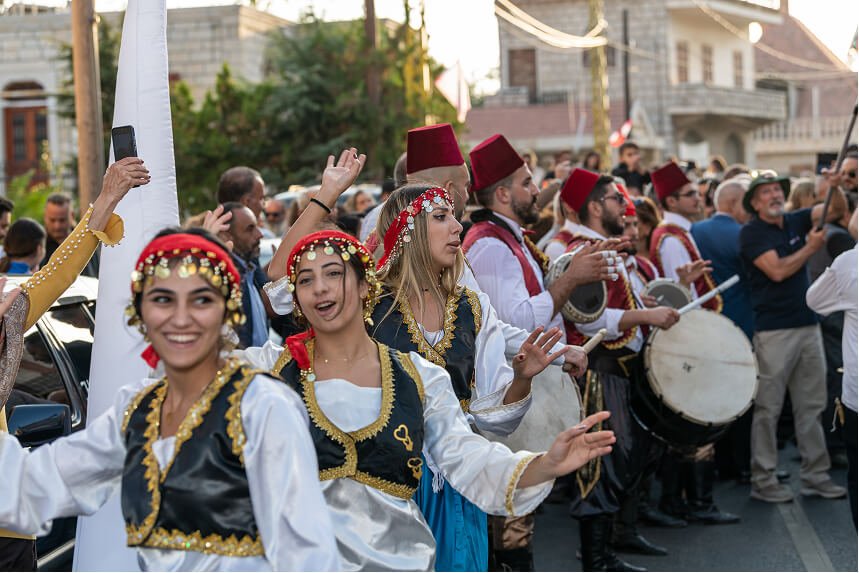
The journey of Middle Eastern families in the U.S. to pass down their rich cultural heritage is a testament to unwavering dedication. We’ve explored the significant hurdles: the quiet erosion of language, the tension of navigating dual identities, the relentless pull of global media, and the persistent challenges of limited formal resources and societal misconceptions. Yet, amidst these complexities, we’ve also seen the powerful counter-strategies at play—from the foundational role of the extended family and the sensory anchors of shared culinary traditions, to the spiritual guidance of religious institutions, the enduring power of storytelling, and the vibrant expressions found in music and art.
But this isn’t merely a story of preservation; it’s one of profound resilience and adaptability. Middle Eastern heritage in America isn’t fading into the past; it’s evolving, finding new and innovative ways to flourish. Through the clever embrace of technology, the vital support of community organizations, and the creative spirit of hybrid cultural expressions, these families are not just holding onto tradition—they are actively reimagining it. Parents are thoughtfully adapting their approaches, fostering a bicultural identity that celebrates both their roots and their routes.
Ultimately, the efforts of these families ripple far beyond their immediate communities. They are continuously enriching the broader multicultural tapestry of the United States, adding immeasurable depth, diversity, and connection to the national identity. In every shared meal, every whispered story, every melodic tune, and every bicultural stride taken by a new generation, the living legacy of Middle Eastern culture reaffirms a timeless truth: that the human spirit, when rooted in heritage and open to new horizons, can create a future that is both authentic and beautifully inclusive.


